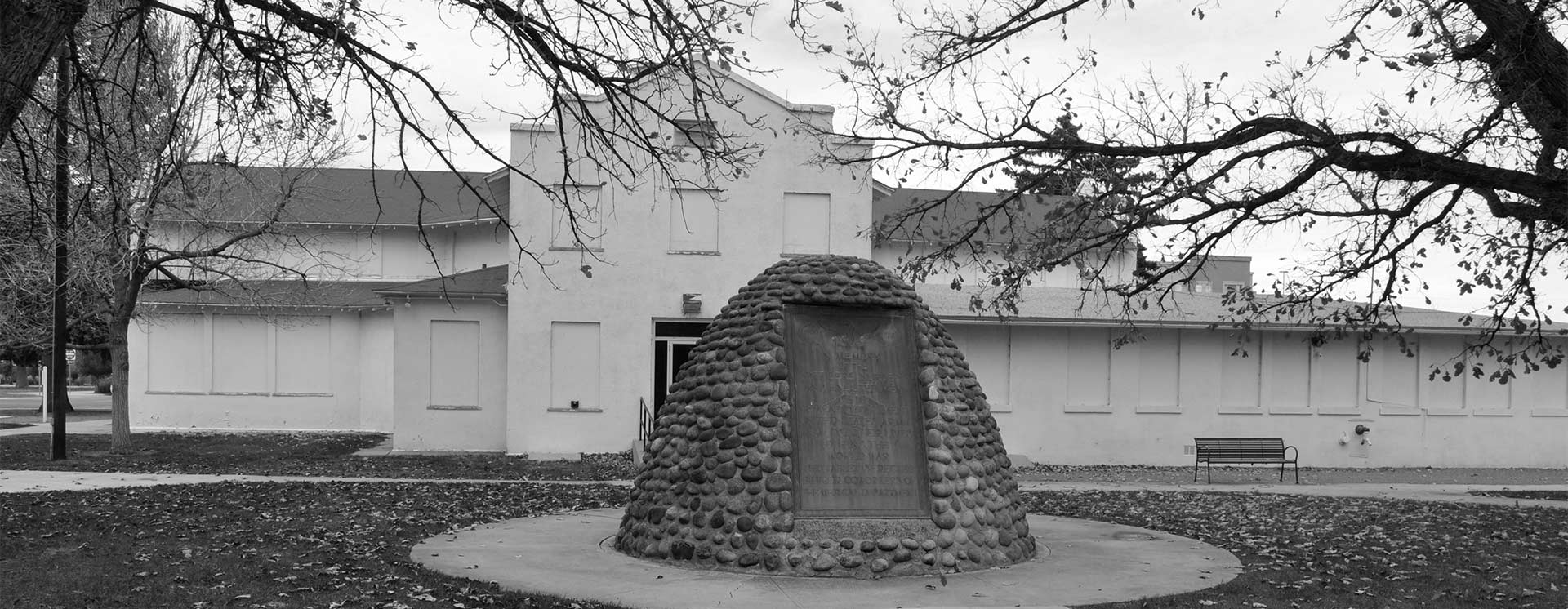
World War One Sites - The NETWORLD Database
Russian Orthodox chapel in Zagging, Lower Austria, Austria
The timber chapel is located on the eastern roadside of Landesstraße 100 in the centre of the Lower Austrian community of Zagging (L100/Ziegelofen crossing). In World War I it was built by Russian POWs in the Spratzern POW camp near to St. Pölten where they were housed. The original location of the chapel can no longer be precisely identified.
After the POW camp was dissolved the chapel, which was no longer required, was disassembled, transported to the town of Zagging with horse carts and re-erected there. Inauguration took place on 22 October 1922 by the St. Pöltner Bishop Antonius Buchmayer.
Austria, Lower Austria
Type of WWI-heritage
- Church
Dimensions
The tower of the chapel has a size of around 2 x 2 metres and the worship area of 8 x 5 metres. Originally the entrance door was found on the rear of the tower. As part of road extensions carried out at the beginning of the 1970s this was moved to the right-hand side of the tower where it is still situated.
State of repair/preservation
The chapel is in good condition.
Renovation work was carried out in 1976, 1997 and 2007. The base of the tower has been damaged by road salt from the nearby road and is starting to sink. New roof cladding should be applied to 2022.
Historical WWI Context
Differing specifications exist for the Habsburg Empire, but it is assumed that more than two million soldiers were in the custody of Austria-Hungary during World War One. Classified according to nationalities, the largest group of enemy soldiers consisted of Russians (around 1.27 million), followed by Italians (around 370,000), Serbians ( approximately 155,000) and then Romanians (around 53,000). The number of prisoners from Montenegro, Albania, Great Britain, the USA and France were relatively low. Lower Austria was especially suitable in World War I for setting up POW camps because the region was situated for from the fighting fronts. In addition to the Spratzern camp, further camps for POWs were also built in Erlauftal (Purgstall, Wieselburg) and Sigmundsherberg. As part of the Spratzern camp construction that the Austro-Hungarians began at the end of 1914, a total of eight groups of camps each with 16 barracks were also built. In 1918 the camp was dissolved and removed.
During World War One the Russian Orthodox chapel was built by Russian POWs in the Spratzern POW camp near to St. Pölten where they were housed. The original location can no longer be precisely identified.
After the camp was dissolved the chapel, which was no longer required, was disassembled, transported to the town of Zagging with horse carts and re-erected there. Inauguration took place on 22 October 1922 by the St. Pöltner Bishop Antonius Buchmayer.
Recent Images
State of legal protection
The chapel is not heritage-protected. The town community is responsible for the upkeep.
Owner
Landowner: Borough of Obritzberg-Rust.
Chapel: Zagging town community
Kind of cultural use of WWI
No touristic use.
Opening
No information available.
Entrance Fee
No information available.
Information regarding cities, villages, other touristic attractions (non-WWI) nearby
Further information:
City of St. Pölten: www.stpoeltentourismus.at/
Stift Herzogenburg: www.stift-herzogenburg.at/
Stift Göttweig: www.stiftgoettweig.at/
Accomodation
Further information:
City of St. Pölten: www.stpoeltentourismus.at
Land Niederösterreich: www.niederoesterreich.at
Public Transport
Further information:
ÖBB: www.oebb.at
Further information sources
Publications:
Verena Moritz & Hannes Leidinger, Zwischen Nutzen und Bedrohung. Die russischen Kriegsgefangenen in Österreich 1914–1921, Bonn (2005).
Julia Walleczek-Fritz, Kriegsgefangenschaft und Kriegsgefangenenlager in Österreich-Ungarn im Ersten Weltkrieg, in: Ort – Erinnerung – Denkmal. Relikte des Ersten Weltkriegs. Österreichische Zeitschrift für Kunst und Denkmalpflege, Heft 3/4 (2015), S. 273–282.
Other heritage sites nearby
Museums Private Collections
Further information:
Museum Niederösterreich: www.museumnoe.at/de
Bridgehead Krems, Base Göttweiger Mountain: www.fvvf.at/1914/index.html
Russian Orthodox chapel in Zagging, Lower Austria, Austria
48.26788962878783 15.64801737853702 fileadmin/res/images/layout/standar-marker.pngLocation


